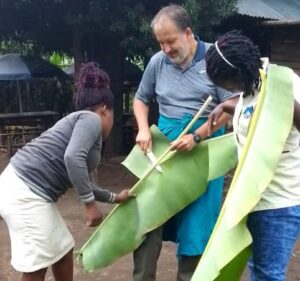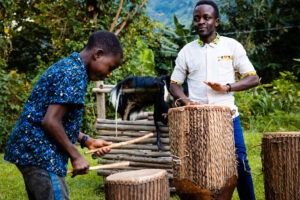The mudslides in Kasika village, Western Uganda could be a warning to the village residents. The mudslide in this village has claimed 15 people, this week. More people are still missing and others are in Hospital. From looking at the land terrain and the soil structure, this could be just a warning for the residents of this area.
The landscape of the Kasika and Kigoro area is characterized by bare hills with no trees, only small rocks, over-cultivated, steep hills with valleys, and poorly positioned buildings all over the landscape.
The buildings are obviously not strong. House construction in this village is either with bricks or poles (mud and wattle) The brick walls are laid with local clay and without added cement. The mud and wattle houses are set with small sticks used as poles. These sticks are obviously collected from very young trees. The houses are either residential or commercial at the small trading centers; Kati, Kabugha, and Kasika, where the highest death toll occurred.
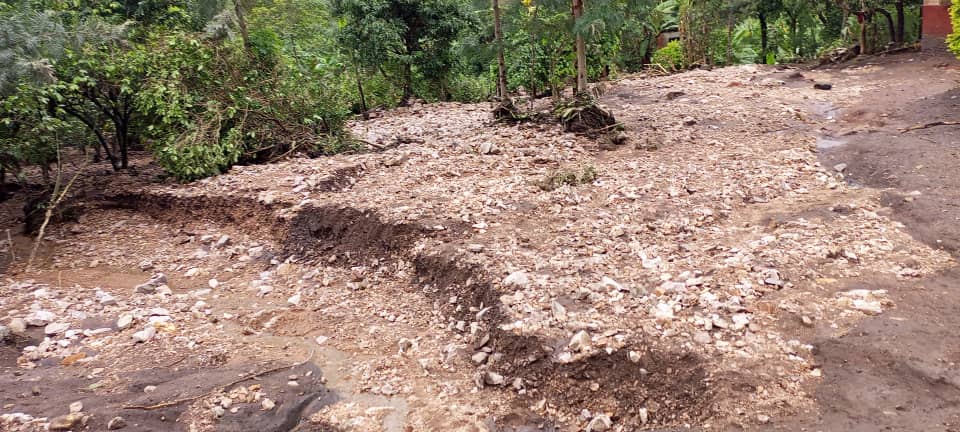
The planning and positioning of houses are so lacking. People build in the mouth of the valley. When I asked one resident, she said they build like that because of the lack of water on the high hills. They want to build at places where they can easily access water.
Water is a basic need for all human beings, animals, plants, and land. No wonder, lack of water is a driving factor of the house location, Farmers in Kasika target the water that comes from over the hills or the ones in the main valley running through the village below the residences.
While we advocate for tree planting as the natural solution to mudslides, proper planning, and infrastructure development are also important. If the people of Kasika village can have proper land planning support, get water and electricity in the gazetted residential areas, then be shown to build the proper designs, they will be more resilient to the impacts of climate change. This is what we want to work for.
when the land is properly planned, then tree planting will also be done in the properly designated areas for such. This way, trees can be ensured to last long enough to influence ecosystem resilience and long-term landscape restoration.
Kigoro village, the larger area where Kasika village is located is known for charcoal burning. The past and current livelihood is cutting trees for charcoal and firewood while they are still young and not being replaced. All trees have been wiped and left with bare hills. The hills are not only bare but also steep. Soil structure with small marram pebbles makes it lose and susceptible to erosion. The long-term impact of charcoal burning is probably what has happened today.
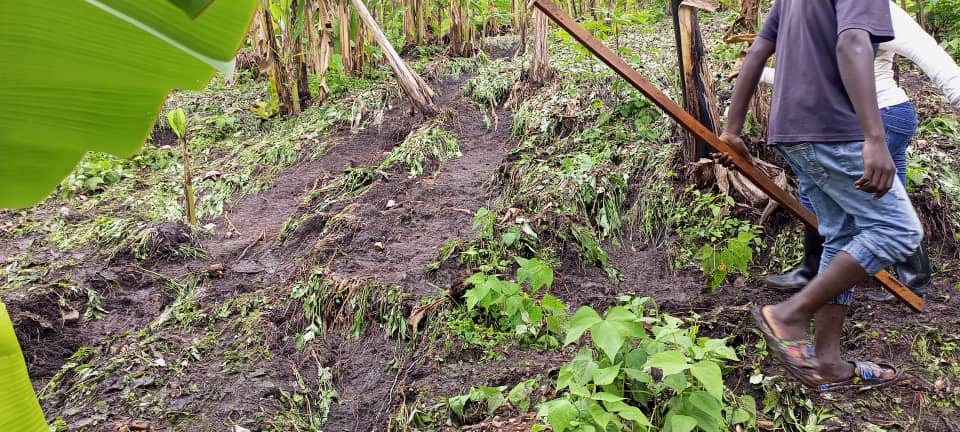
The village hasn’t only lost people and houses. It has lost its livelihood. Many crop gardens have been swept by the floods and then by the crowds who came to see the incident. Household belongings have also been lost. The remaining families will need to live in concentration camps in the short run, so needing supplies and household utensils.
From the thousands of people turning up, the remaining people will need to get food aid to live on in the short run while they reestablish as their only remaining gardens have stepped beyond recognition. This is an indication that hunger and famine are the next enemies in the doorway.
one day, the village has lost its effort for the last decades using the wrong livelihood intervention of cutting all the trees without replacing them. if nature repeated this as we have repeatedly cut the trees, there will be no human life left within one month.
I believe the mudslides are more severe because the hills are left bare. From my observation, when the hills receive rain, the water runs over the land surface and collects in the small valley. As the water increases, flowing down the valley, it creates the volume that carries the small stones. These small stones are rammed into the residences that stand in the way at the valley opening.
Having been at night, the people were all dead asleep. Taken by surprise and in shock, the weak houses were swept with the people and all their belongings.
The mudslides happened on the night of Tuesday 6th September 2022. The village is still in shock, by the time of writing this post. As the district excavator looks for more bodies, people are in fear of what could be found under the mud and what might happen from the next rain. Everyone wants the night to come later as people will definitely fear going into the houses.
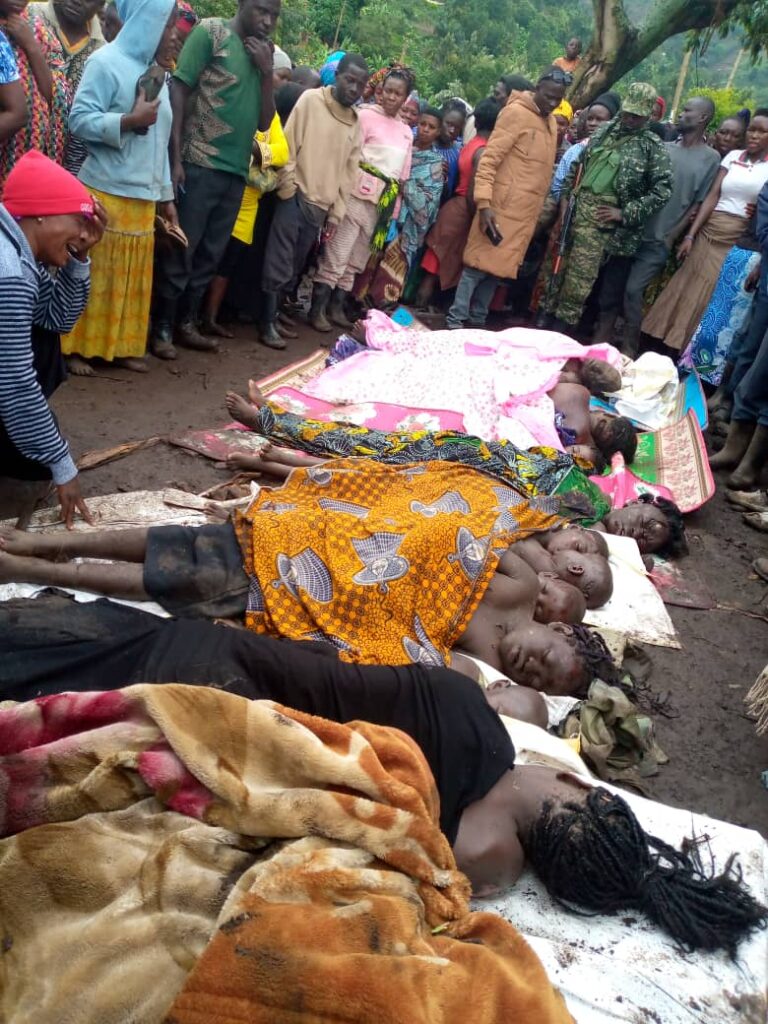
We need to plant trees. These hills need to be given a hat first. On different social media groups, people are giving all sorts of ideas but they all lead to the restoration of the degraded hills. Other than that, I think we need to sensitize the people so that they can interpret the likely reasons for the mudslide, in relation to their past livelihoods of extractive consumption of natural resources.
By now, to prevent any future happening of Mudslides, all the hills should be uniformly re-afforested collectively. A study needs to be done on what trees will do better and a little quicker, to create room for the secondary foliage that would come naturally.
As I end this post, I say to all the people and especially you reading it now, let’s plant trees in Kasika village to save future occurrences of mudslides, loss of lives, and livelihoods. I am off to planting trees in Kasika. You can join me any time. Other than tree planting, you can help in some way of your choice.
Ask me how and I will give you more information on how to join this tree planting effort.



